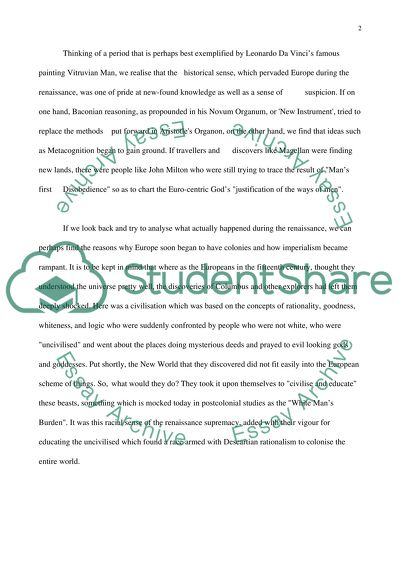Cite this document
(“Renaissance Essay Example | Topics and Well Written Essays - 1250 words”, n.d.)
Renaissance Essay Example | Topics and Well Written Essays - 1250 words. Retrieved from https://studentshare.org/miscellaneous/1514125-renaissance
Renaissance Essay Example | Topics and Well Written Essays - 1250 words. Retrieved from https://studentshare.org/miscellaneous/1514125-renaissance
(Renaissance Essay Example | Topics and Well Written Essays - 1250 Words)
Renaissance Essay Example | Topics and Well Written Essays - 1250 Words. https://studentshare.org/miscellaneous/1514125-renaissance.
Renaissance Essay Example | Topics and Well Written Essays - 1250 Words. https://studentshare.org/miscellaneous/1514125-renaissance.
“Renaissance Essay Example | Topics and Well Written Essays - 1250 Words”, n.d. https://studentshare.org/miscellaneous/1514125-renaissance.


